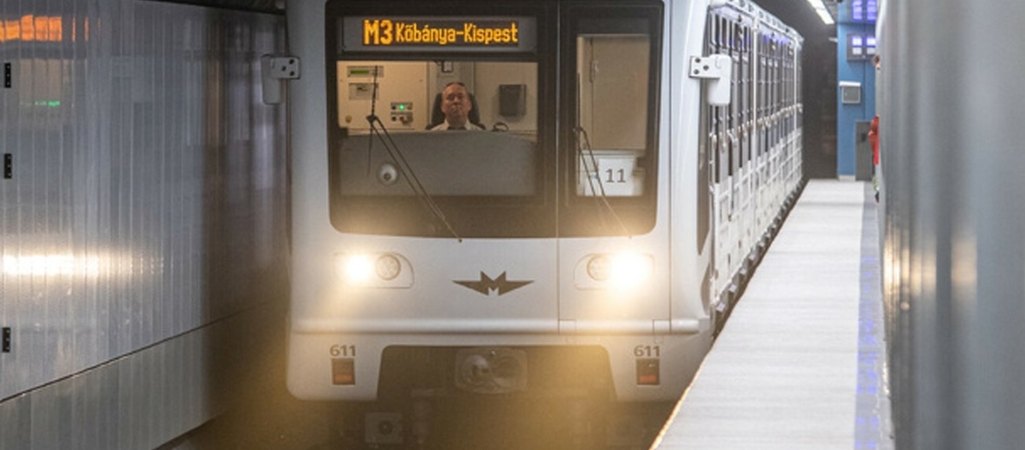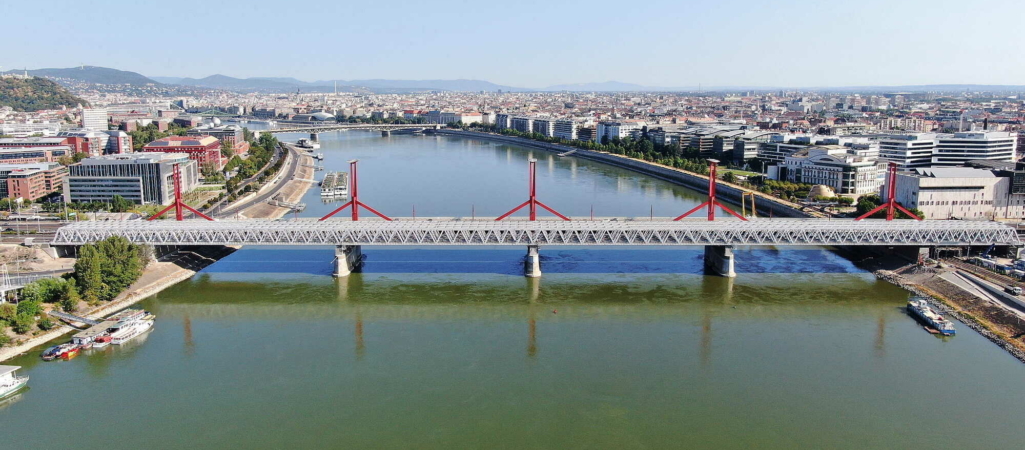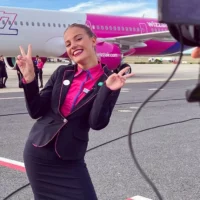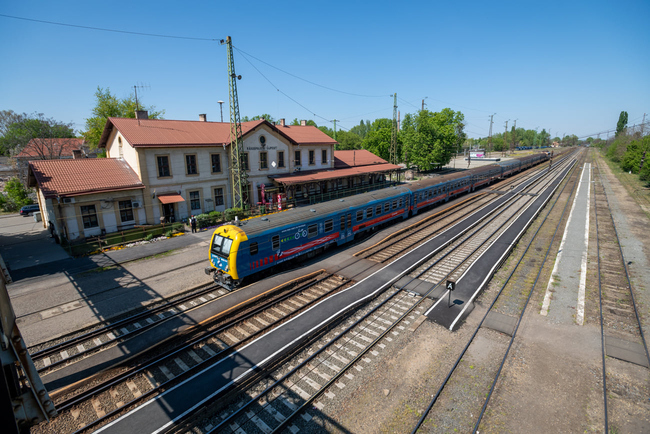There are plenty of problems with Hungarian railways
Even in the summer season, there are plenty of problems with the Hungarian State Railways (MÁV). Passengers regularly complain that even though they have bought an Intercity ticket, they have to board old high-speed coaches without air conditioning on board. There are also many cases where the train runs with fewer carriages than planned. As a consequence, the seats for which the ticket would be valid do not exist. Delays and crowding on trains are also common.
Problems during peak season
In the summertime, more people travel on Hungarian State Railways (MÁV) trains than at other times of the year. The most popular destination is undoubtedly Lake Balaton. MÁV-Start has to send more trains and wagons to Lake Balaton due to the increased traffic around the lake. As a result, there are fewer wagons in the rest of the country. As a result, there are fewer wagons available for service. In particular, there is a shortage of conventional InterCity wagons. MÁV is trying to compensate for this problem by putting new wagons into service under the InterCity+ programme.
However, the number of IC and IC+ wagons is not sufficient to absorb the traffic, 444.hu reports. The number of repairs and main inspections needed to extend the life of the cars is constantly being reduced due to a lack of funds. These wagons are long due to being repaired. According to Áron Szalay, a founding member of the Transporting Mass Association, these wagons were supposed to be repaired years ago.
Even for minor malfunctions, cars can be parked for years. The Russian-Ukrainian war also takes a toll on the railway services. The shortage of spare parts has hit MÁV-Start hard, Szalay said. The number of wagons out of service can also be seen on the Who Knows public data request page. MÁV has 54 IC wagons of the Bpmz type, out of which 10 are waiting for the main inspection. Several of them have been out of service since 2016. This means that almost one in five wagons is not in service.

Read alsoAttention! Service resumed on Budapest’s M3 metro line, details here
European Union target
The European Union’s so-called White Paper sets ambitious targets: by 2030, a third of road freight transport over 300 kilometres should be replaced by rail, and this figure should be 50 percent by 2050. Currently, 7 percent of passengers and 11 percent of goods travel by train in Europe.
Outdated, ageing vehicles are not the only problem in Hungary. Apart from congestion, meeting the scheduled journey time can also be tricky. On average, the trains owned by MÁV are 43 years old. This is also reflected in the speed. MÁV has 79 Intercity+ trains in its own factory. They can potentially reach 160-200 kilometres per hour but it is rarely the case, writes magyarnemzet.hu.

Read alsoNew railway bridge opened in Budapest — PHOTOS
Source: 444.hu, magyarnemzet.hu
please make a donation here
Hot news
What happened today in Hungary – 26 July, 2024
Drama: number of births in a 20-year low in Hungary
Yay or nay? – 6 odd Hungarian delicacies that make our skin crawl
Budapest tourism “exploded” this past weekend
Container transport in Budapest may stop: How will this affect Hungarian economy?
Minister: Hungary will protect its territory by every means possible





2 Comments
Can you please explain in detail in what way the Ukrainian war has contributed to the state of Hungarian Railways today, as headlined on Facebook? Or is this another excuse the government is pushing, as with everything, as opposed to Fidesz standing up, being credible and taking responsibility for a crisis that they have allowed to develop in their 12 years of power, so cannot be blamed on mishandling from other political parties?
Biro Richard – Concur.
“Blame Game” use the Russian War on the Ukraine – as an EXCUSE.
Fidesz – 12 years in POWER.
The railways – funding under the “drip” system.
Schools – Hospitals and “other” places of learning – then associated public needs of services in Health, Dentistry, and Optical needs – Public “modes” of Transportation – buses,trams, metro – the list is Massively LONG – that GIVES validness in Evidence – the UNDERFUNDING process acted out – the “Drip” system – by this “Dictatorial” led present Government, under the Fidesz Party, led by the present Prime Minister of Hungary – Victor Orban.
THe Orban led Government HAVE – by a “Drip” system – provided minimun of funding – into what is RIGHTFULLY known as Public Services – Needs of Citizens in PROVISIONS of Public 21st century SERVICES.
Propaganda – that has FOOLED and Continues to FOOL vastness of millions of Hungarians – as we decend deeper into a BLACKENED hole – an Economy that is literally collapsing around us.
WHAT can hold to-gether or SUSTAIN the Hungarian Economy to-gether ?
The core componentry – sections that make up for anaylsis and evaluation – the performance of a countrys Economic & Financial present & future – used as a Global blue-print format – these ALL – in the case of Hungary – continue to TREND downwards.